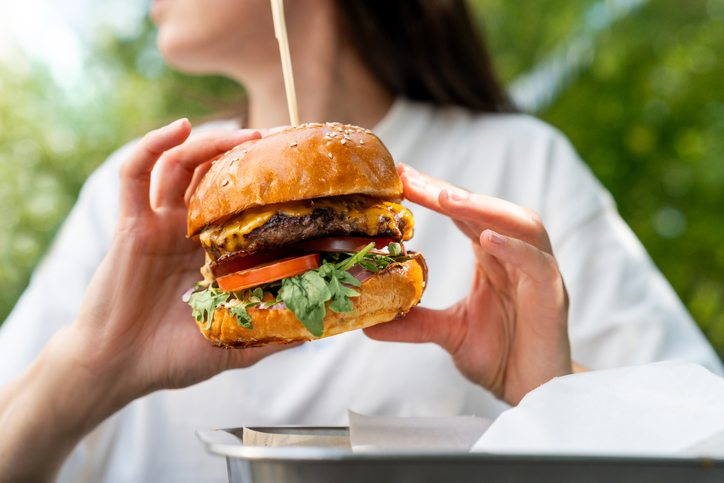Split-Second Judgments: How Your Brain Rates Food Instantly

Next time someone tells you to “think before you eat,” they may want to rethink that advice.
A new study from the University of Melbourne shows that the brain decides how healthy, tasty, and calorie-heavy a food is in just a fraction of a second. Rather than analyzing these qualities one by one, the brain processes them in parallel, within overlapping time windows.
For years, scientists assumed our brains prioritized taste first and only later considered healthiness — a slower, more abstract judgment. But research published in Appetite upends that idea. The team combined EEG brain imaging data from 110 participants with detailed food ratings from 421 additional volunteers. They discovered that signals linked to healthiness appeared around 195 milliseconds after a person saw a food image, peaking between 200 and 227 milliseconds. Similarly, the “appetizing” dimension — which includes taste-related qualities — showed activity around 215 milliseconds, proving that health judgments don’t take extra time to form.
Led by Violet Chae of the Melbourne School of Psychological Sciences, the researchers used EEG caps with 64 electrodes to capture brain signals as participants viewed food images. Each picture appeared for two seconds before viewers were prompted to rate it as “Healthy?”, “Tasty?”, or “Like to eat?”. Another group of 421 people rated the same foods on 12 different traits, covering nutrition, emotions, and familiarity.
The findings revealed two main dimensions that explained 85.5 percent of how people rated foods: the first, “how appetizing,” combined factors like taste, willingness to eat, and familiarity. It showed both early and later brain activity peaks — around 215 milliseconds and again at 642 milliseconds. The second, “how processed,” tied to calorie content and transformation level, was active from about 150 milliseconds onward.
The results challenge the belief that we’re wired to favor immediate taste over long-term health. Instead, health-related and taste-related cues emerge almost simultaneously. The difference lies not in how fast our brain recognizes healthiness, but in how much importance we assign to it when deciding what to eat.











